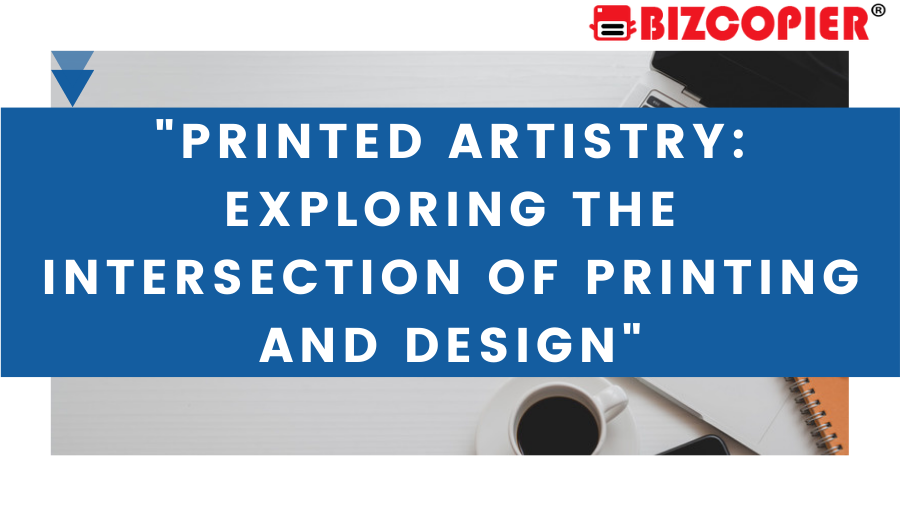Printing and design have been intrinsically linked for centuries, with the printed medium serving as a canvas for artistic expression and communication. From the early days of letterpress to today’s digital printing technologies, the artistry of design has evolved hand in hand with advancements in printing techniques. In this article, we delve into the captivating world of printed artistry, exploring how design and printing converge to create visually stunning and impactful pieces.
- The Evolution of Printing Techniques:
The history of printing is a tale of innovation and creativity. It began with ancient woodblock printing in China and eventually led to Johannes Gutenberg’s invention of the movable type printing press in the 15th century, revolutionizing the spread of information. Over time, printing techniques evolved, including lithography, offset printing, screen printing, and digital printing. Each method offered unique opportunities for designers to experiment with colors, textures, and layouts, influencing the visual aesthetics of printed materials.
- Design Principles in Print:
Effective design is the cornerstone of compelling printed materials. Designers use elements such as typography, color theory, composition, and imagery to create visually engaging pieces. The selection of appropriate typefaces, color palettes, and graphical elements plays a pivotal role in conveying the intended message and evoking emotions in the audience. Understanding the balance between text and visuals and employing whitespace strategically are crucial aspects of print design.
- The Role of Printing in Advertising and Branding:
Printed materials have long been an integral part of advertising and branding campaigns. From eye-catching posters and brochures to visually appealing business cards and packaging, printed items contribute to brand recognition and leave a lasting impression on consumers. We will explore how the collaboration between designers and printers allows brands to elevate their messaging through well-executed print campaigns.
- The Revival of Letterpress and Handmade Techniques:
In recent years, there has been a resurgence of interest in traditional printing techniques like letterpress and other handmade methods. Letterpress, with its tactile and vintage charm, has captivated designers who seek to add a sense of authenticity and uniqueness to their work. We’ll delve into the reasons behind this revival and how artisans and print enthusiasts are keeping these historical techniques alive.
- Digital Printing: A Versatile Canvas for Designers:
Digital printing has democratized the design and print process, making it more accessible to artists and designers of all levels. From high-quality art prints to personalized marketing materials, digital printing offers a vast range of possibilities. We’ll explore the benefits of digital printing, including cost-effectiveness, variable data printing, and quick turnaround times.
- Innovations in Specialty Printing:
Advancements in printing technology have given rise to specialty printing options, such as metallic foiling, spot varnishing, and embossing. These techniques add a tactile dimension to printed pieces, enhancing their visual appeal and making them stand out. We’ll showcase examples of how designers leverage these innovations to create breathtaking works of art.
Conclusion:
Printed artistry continues to thrive at the crossroads of design and printing technology. Throughout history, the collaboration between designers and printers has resulted in awe-inspiring creations that leave a lasting impact on audiences. From the traditional craft of letterpress to the versatility of digital printing, each method contributes its unique charm to the world of printed art. As technology advances, the future of printed artistry holds even more exciting possibilities, bridging the gap between imagination and tangible reality.

